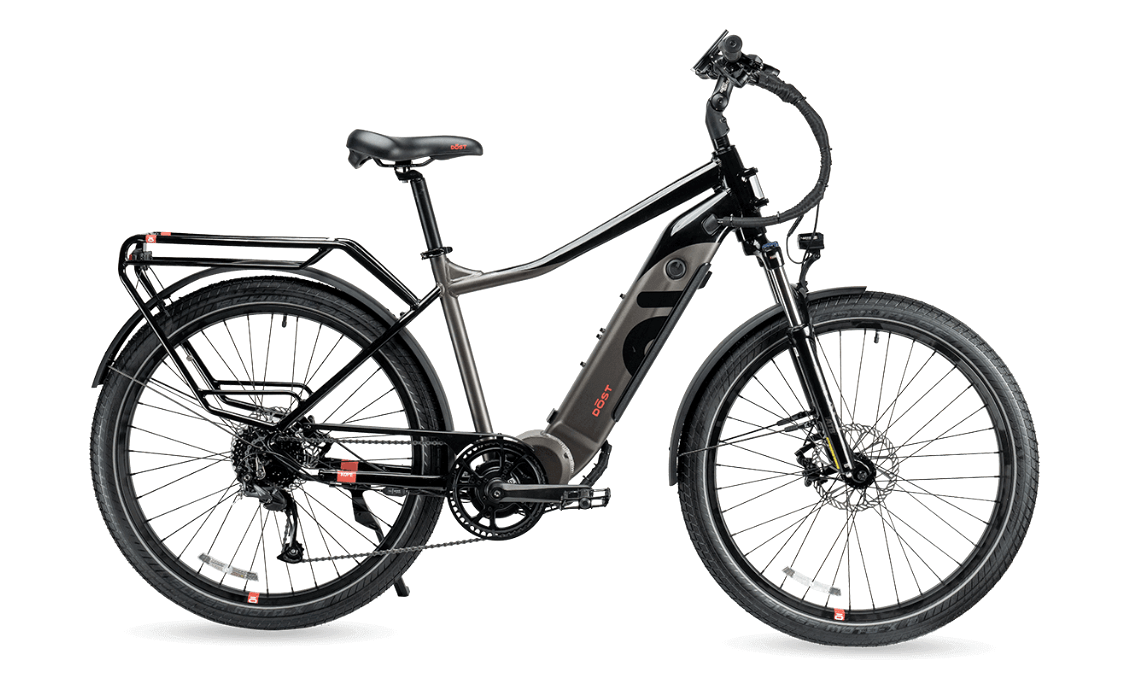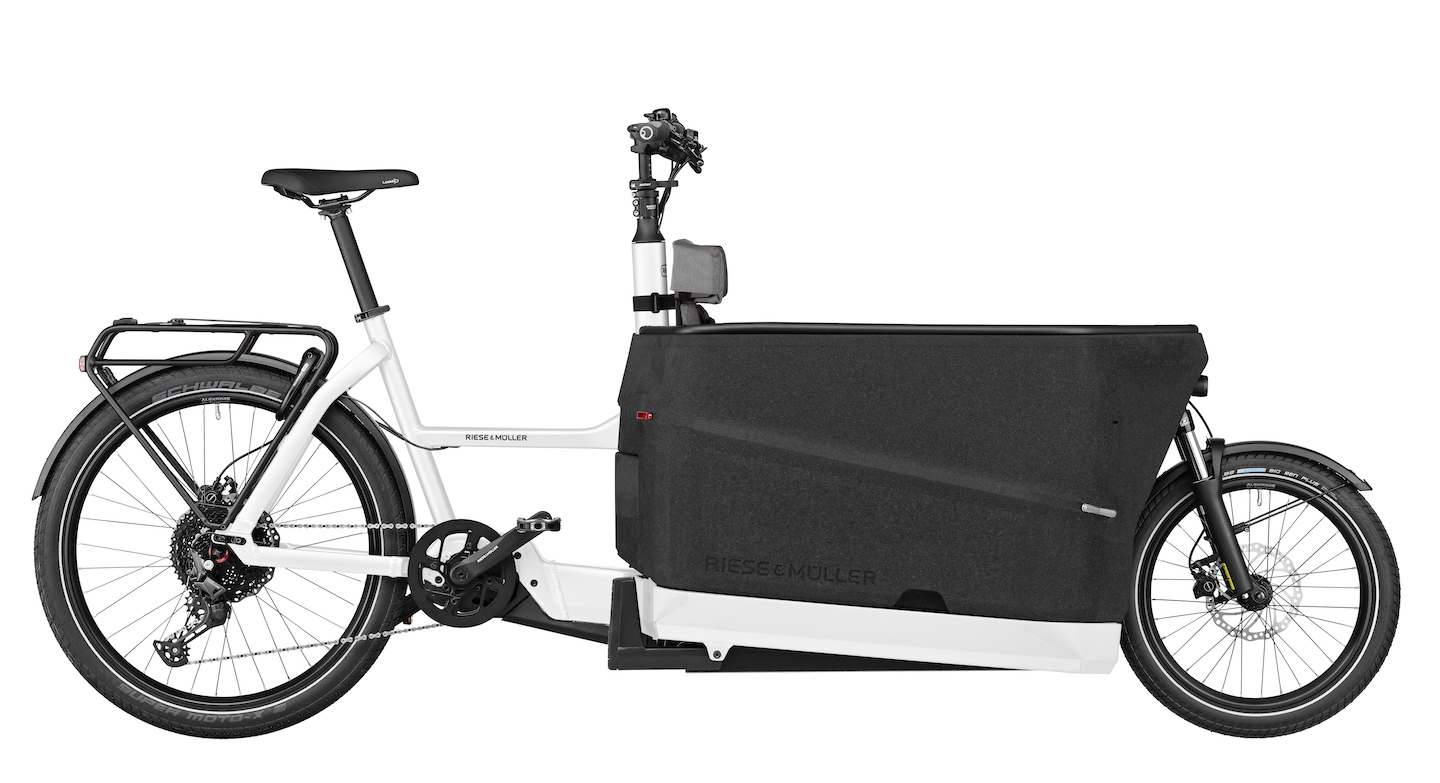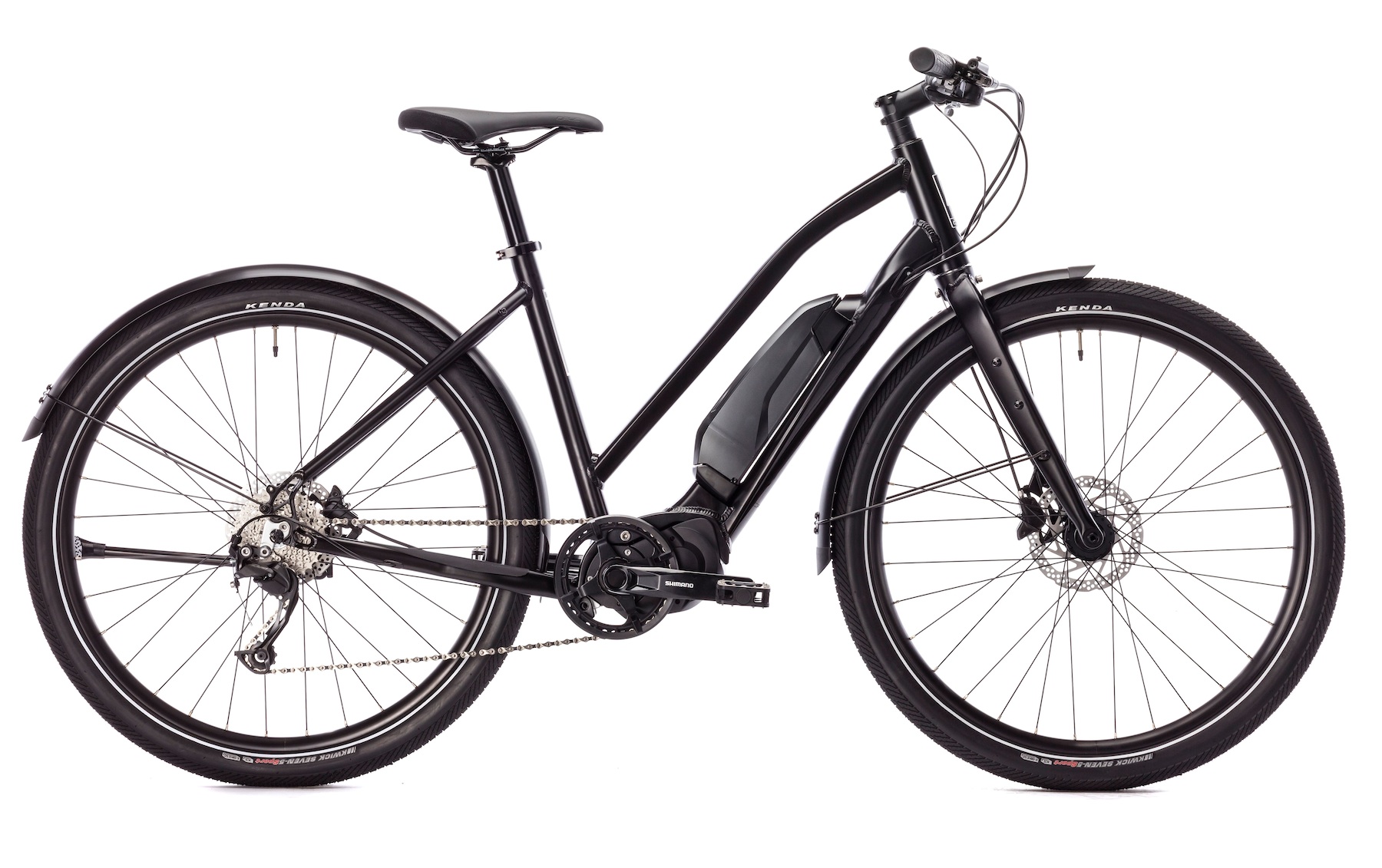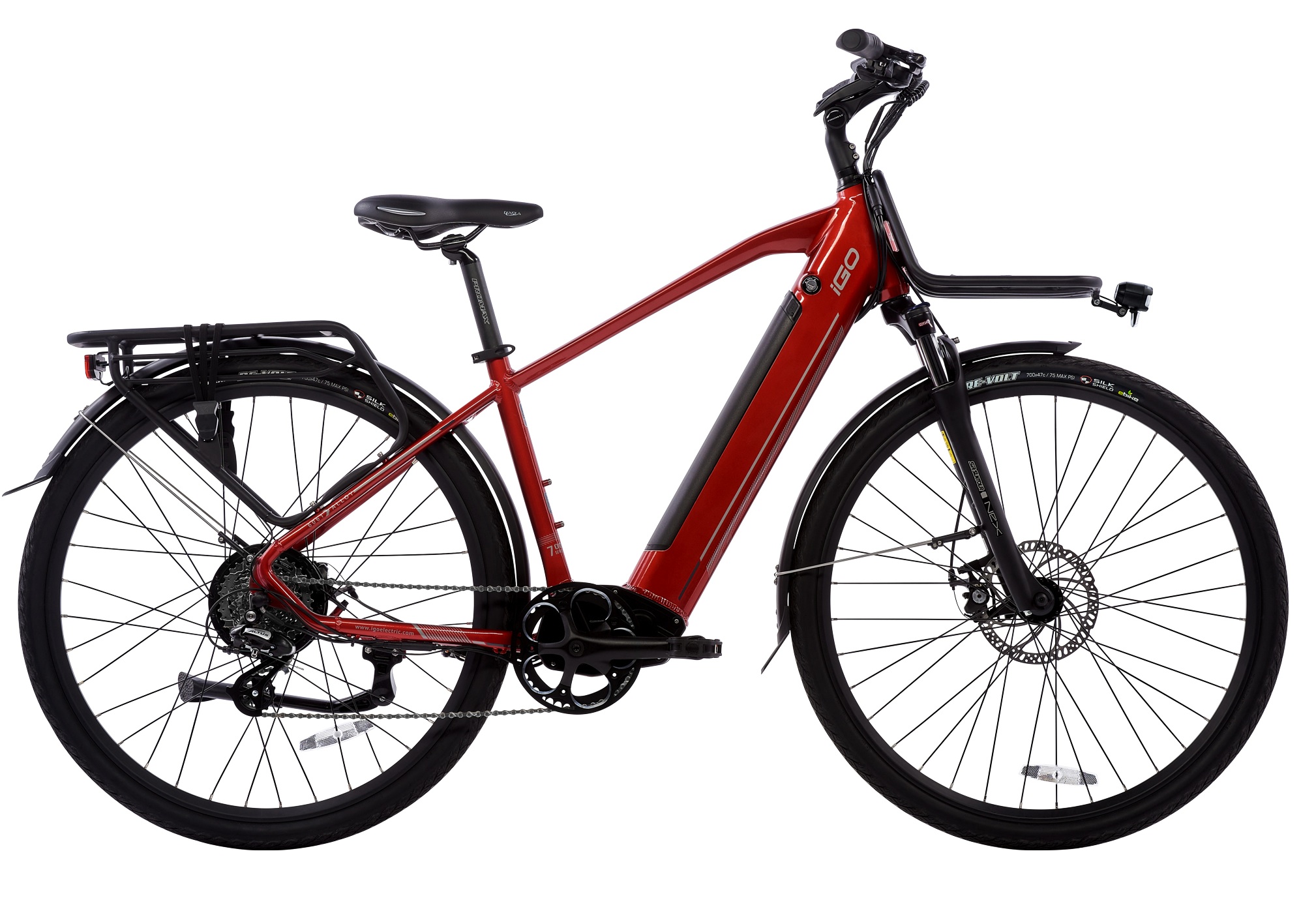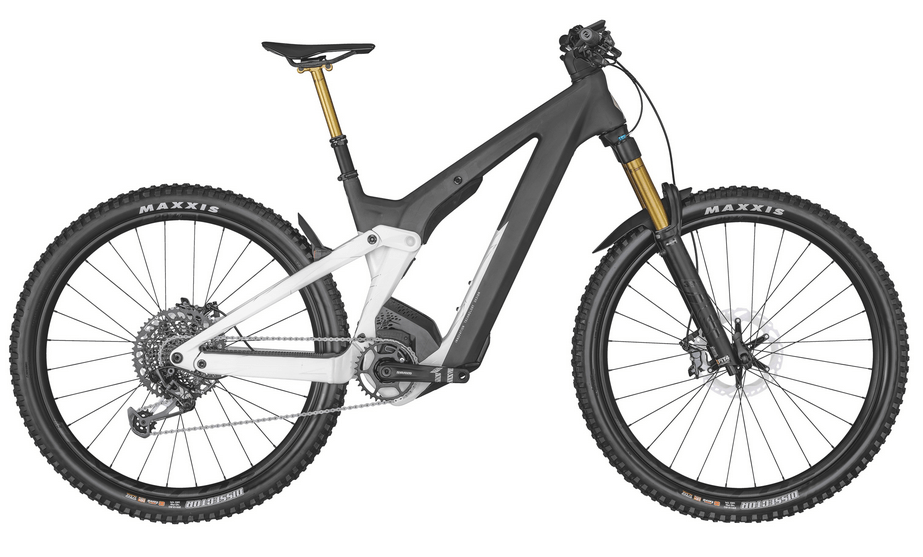November 6, 2020 - In the wake of the COVID-19 crisis, a growing number of national, regional, and local authorities in Europe have turned to cycling as a mobility solution that simultaneously addresses issues linked to public health, the environment, and congestion, amongst others. In the ECF COVID-19 cycling measures dashboard, we have tracked more than 2,300 km of announced infrastructure measures, more than 1,000 km already implemented, and more than € 1 billion of funding allocated across Europe. But are these measures and investments justified? Have people really been cycling more during the last months? According to a growing body of data and evidence from different sources, the answer is a clear yes.

- For its popular Google Maps application, Google has tracked the number of requests for cycling directions around the world between February and June. They found a global increase of 69% in requests. In Europe, certain countries like Finland or Poland even experienced a fourfold increase in searches, while the number of requests more than doubled in Germany, Austria and Switzerland (see graph below for an overview) and went up substantially in other countries.
For riders opting to use bike sharing, Google has also introduced a new bikeshare feature in Google Maps, which integrates docked bike-share schemes in A-to-B route planning in 10 cities around the world.
Google strives to support the increased popularity of cycling by providing high quality, safe cycling directions and the most accurate bike lane data to citizens.
If you have bike lane data that you would like reflected on Google Maps, you can upload it in a few easy steps via their Geo Data Upload Tool. Data formatting tips & examples can be found on the data content guidelines page.

- Using its network of bicycle counters around the world, the company Eco-Counter has put together a dashboard comparing monthly cycling levels in 2020 to last year. In September 2020, they have found an increase of 27.5% in Italy, 25.3% in Portugal, 24.5% in France, and 20% in the UK and Germany respectively compared to September 2019.

© Eco-Counter
- Global sports app provider Strava has also analysed its cycling data and found substantial increases in European cities: Cycling
trips registered in the Strava app increased by 56% in Berlin in April
2020 compared to April 2019, by 82% in Barcelona between June 2019 and
June 2020, by 119% in London between May 2019 and May 2020, and by 222%
in Liverpool during the same period.
While the app by its nature focuses on sports and leisure cycling, according to Strava it also increasingly collects information about commuting trips in cities. The company has now made access to its Strava Metro database with global cycling and walking datasets free to qualified organizations around the world who are working to improve active mobility.
- In France, cycling levels after the spring lockdown have been monitored closely through the country-wide system of automatic counters delivering data to the national counting platform. According to the latest data from 14 October, overall cycling levels have increased by 27% between the end of the lockdown and now compared to the same period in 2019. The increase is particularly big during weekends (+32%) and in urban areas (+31%).
- In Germany, this year’s edition of the “Mobility Monitor”, an annual representative nation-wide survey, has found significant changes in mobility behaviour due to the COVID-19 health crisis. While 32% of respondents stated that they are cycling more due to the crisis, 29% stated that they are using their car less. What is more, 27% said that they wanted to keep cycling more also after the crisis is over, while 14% stated that they are going to use their car less also in the future. This shows that the current changes in preferences could have a big impact in the future, and that transport planning should be adjusted accordingly, for example by making temporary cycling infrastructure permanent in order to absorb the additional demand also in the middle and long term.
- In Poland, cycling in cities increased by 50% during the last months according to the draft national Recovery and Resilience Plan. This increase has prompted the government to feature cycling projects prominently in the plan, with 14 out of 16 regions submitting cycling-related proposals.
Especially the last example shows that the increased number of cyclists on Europe’s roads can be a gamechanger for public investments. Together with its partners in the cycling industry, ECF is working hard to make more data available to decision-makers and to ensure that both the Recovery and Resilience Facility and the next Multi-Annual Financial Framework will include substantially increased funds and give cycling a durable boost across the continent.
For more information pls visit the European Cyclists’ Federation here.





